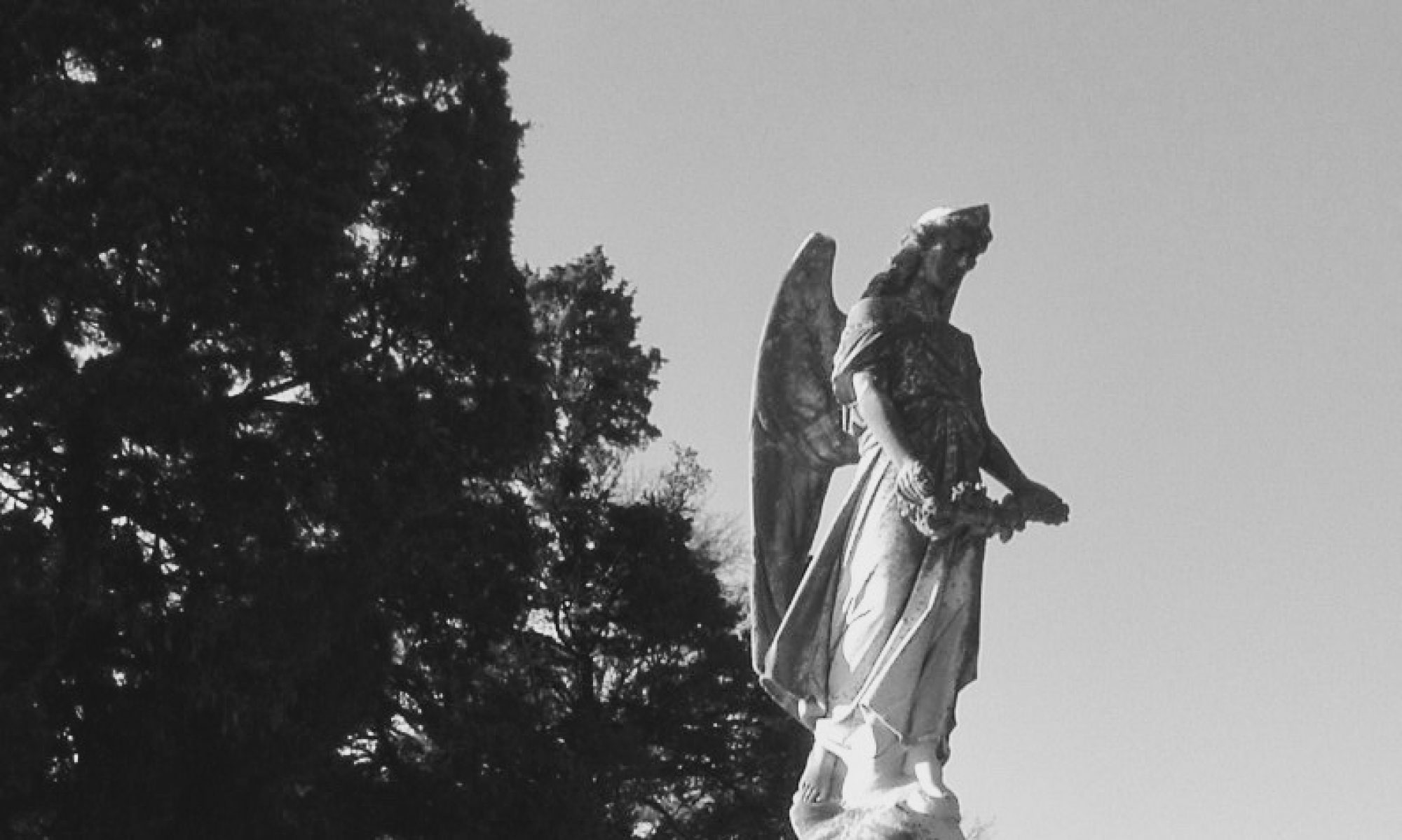Dunleith
84 Homochitto Street
Natchez, Mississippi
A Haunted Southern Book of Days–December 2
This article is a part of an occasional blog series highlighting Southern hauntings or high strangeness associated with specific days. For a complete listing, see “A Haunted Southern Book of Days.”
Benjamin Franklin proclaimed that both fish and visitors smell after three days. So, what if the guest has yet to vacate the house after more than 150 years? The answer at Dunleith is that the guest enters legend and remains to occasionally disturb visitors, guests, and staff members.
Crowning a low hill rising above Homochitto Street, Dunleith takes the form of an ancient Greek temple with columns completely surrounding the main house and providing an exquisite view from any direction. The current house was built after the original house—a late-18th century structure—burned in 1855 after being struck by lightning.
Job Routh built the first home and named the estate Routhlands. After his death, the estate passed to Routh’s daughter, Mary, who married a wealthy, local banker, Charles G. Dahlgren, before they moved into the house. Dahlgren had the current structure built to replace the original house. In 1858, three months after the couple moved into the new home, Mary passed away and, in accordance with his wife’s wishes, Dahlgren sold the house dividing the proceeds among their children. After the 1859 purchase, the new owner renamed the estate Dunleith.
The exact identity of the spectral houseguest is unknown, and she is only known as Miss Percy. Folklorist Kathryn Tucker Windham included Miss Percy’s legend in her 1974 book, 13 Mississippi Ghosts and Jeffrey, and suggests that she was a relative of Mary Routh Dahlgren. This is a possibility. Mary Malvina Routh was born in 1813 and married Thomas Percy Ellis at the age of 15. She had two children by the handsome and educated Mr. Ellis, but he passed ten years after their marriage.

Among the graves in the Routh family cemetery near the Dunleith property—where Thomas Percy Ellis rests—and within the Natchez City Cemetery—where Mary Dahlgren and her second husband rest—there are no graves bearing the surname Percy, though there are a few that use the name Percy. Therefore, it is possible Miss Percy may have been related to Mrs. Dahlgren from her first marriage, though her exact identity remains unknown.
The legend, as it is commonly recounted, describes Miss Percy as a young woman who ran afoul of the social mores of the time by falling in love. In a time of strict marital customs, Miss Percy began an affair with a dashing Frenchman. Some suggest he was an aristocrat who was part of the entourage of Louis Philippe, the French king who spent time in Natchez on his grand tour of the South before attaining the throne. After saying farewell to her lover, Miss Percy traveled to France, unaccompanied, to be reunited with him. She spent time as a member of the French court and lived a life of luxury, though the man eventually declined to marry the young woman from Mississippi. Socially ruined, she returned to Natchez as a lonely spinster to live out her days with relatives at Dunleith, where she would play her harp for hours each day still dreaming of her lover in France.
While some legends of this type tend to enjoy vague descriptions of activity that “is said” to occur, this activity has witnesses. An article in a 1983 edition of the Hattiesburg American records the stories from a cook, Ella Mae Green, who worked in the house. In fact, Ms. Green states that she almost did not take the job because of the ghost, but Dunleith’s owner convinced her to stay.
Ms. Green provides a visual description of Miss Percy, “she usually came in bones [I presume this means she had a skeletal appearance], but the third time she was wearing a long white gown.” She continued, “you can’t see her face—like smoke around it. She doesn’t talk, just watches, but you can tell she’s unhappy. She died with an unhappy heart.” The cook emphasizes later that the spirit’s face is obscured, saying, “You can’t see her face, but it looks like she has eyes.” According to Ms. Green, the wraith usually stays on the third floor where she can remain undisturbed, but she makes occasional appearances throughout the house including playing her harp in the parlor and making the sound of breaking glass.
While Dunleith’s most famous houseguest continues to roam the main house, she is not the only spectral guest on the estate. Since the mid-1970s, the estate has opened its doors to guests as an inn and the Gothic Revival carriage house has been transformed into a fine dining establishment, The Castle Restaurant and Pub. Staff of the restaurant have had encounters with three spirits in this building including a shadowy man, a woman, and an African-American laborer. While stories of these three spectral guests may be more modern, their stories have been lost in the shroud of time and legend, and none will ever outshine the everlasting, harp-playing, spectral houseguest reigning over the main house evermore.
Sources
- Brooking, Ann. “Ghost of Dunleith died of an unhappy heart.” Hattiesburg American. 19 October 1983.
- Dunleith. Wikipedia, the Free Encyclopedia. Accessed 18 March 2018.
- Goeldner, Paul. National Register of Historic Places Nomination form for Dunleith. Listed 14 September 1972.
- Kane, Harnett Thomas. Natchez on the Mississippi. Originally published in 1947. Republished as an eBook by Pickle Partners Publishing, 2016.
- Pascoe, Jill. Mississippi’s Haunted Mansions. Gilbert, AZ: Irongate Press, 2012.
- Windham, Kathryn Tucker. 13 Mississippi Ghosts and Jeffrey. Tuscaloosa, AL: U. of Alabama Press, 1974.

Love the Natchez area and have been to several private parties at Dunleith. Is it open again, and would like any information on old homes in the area.